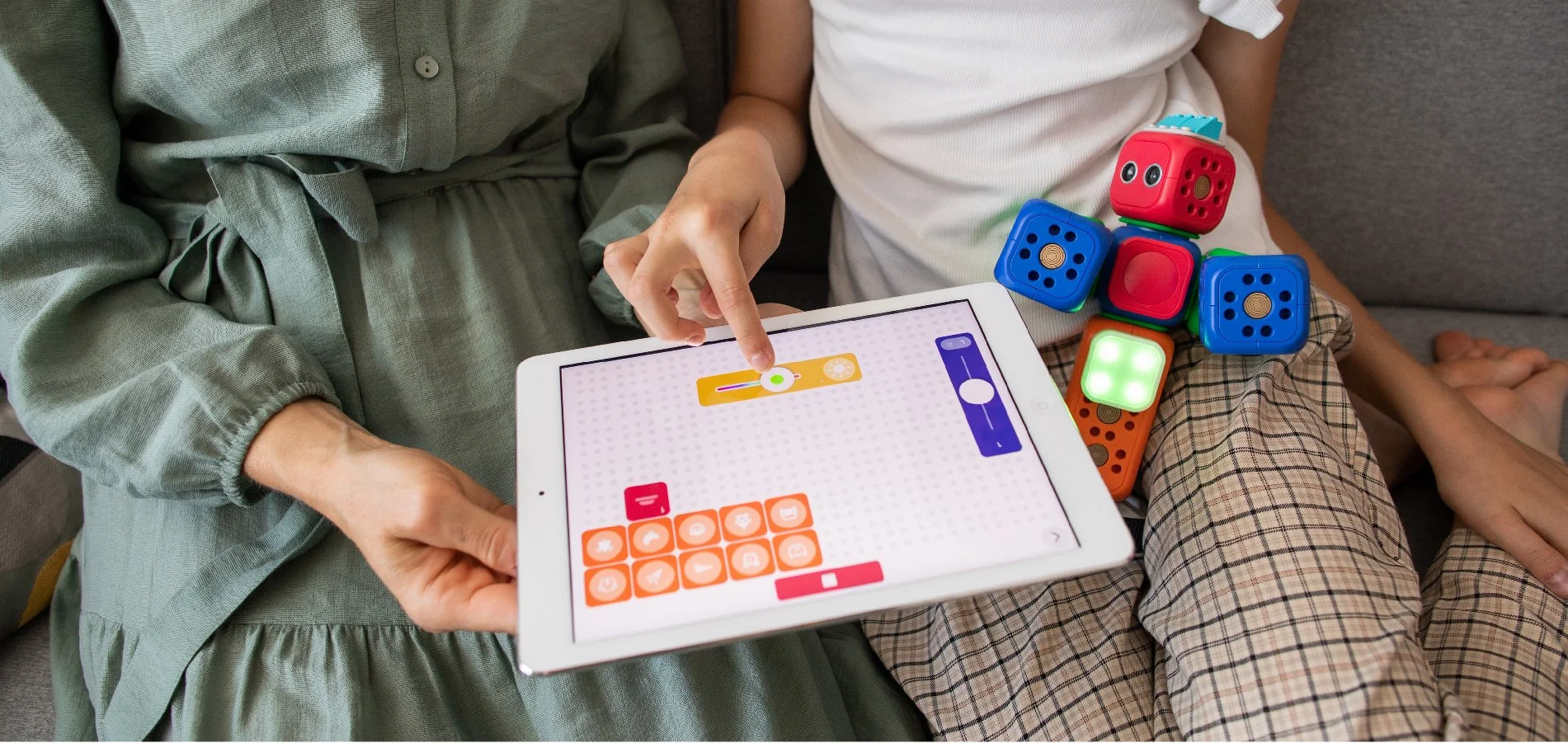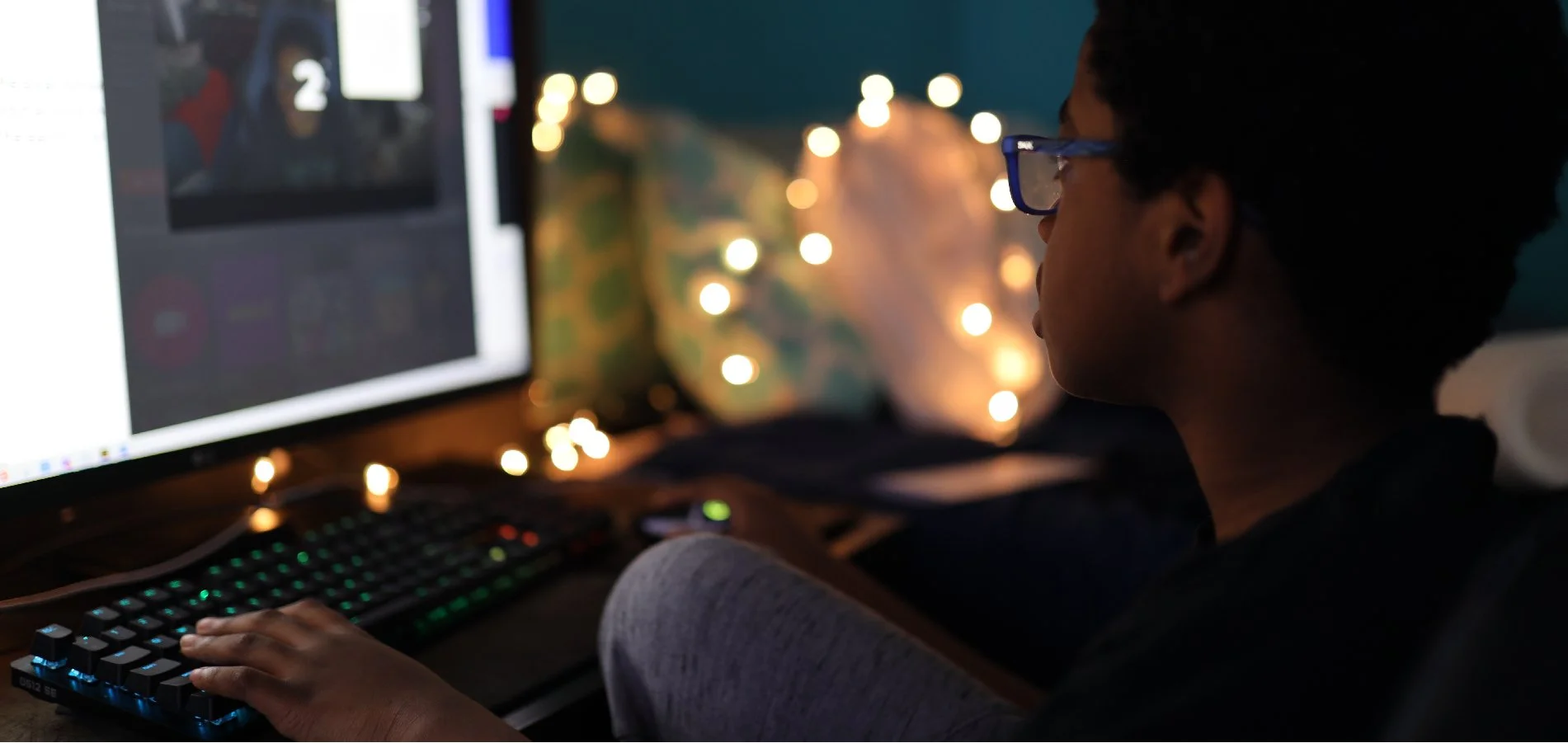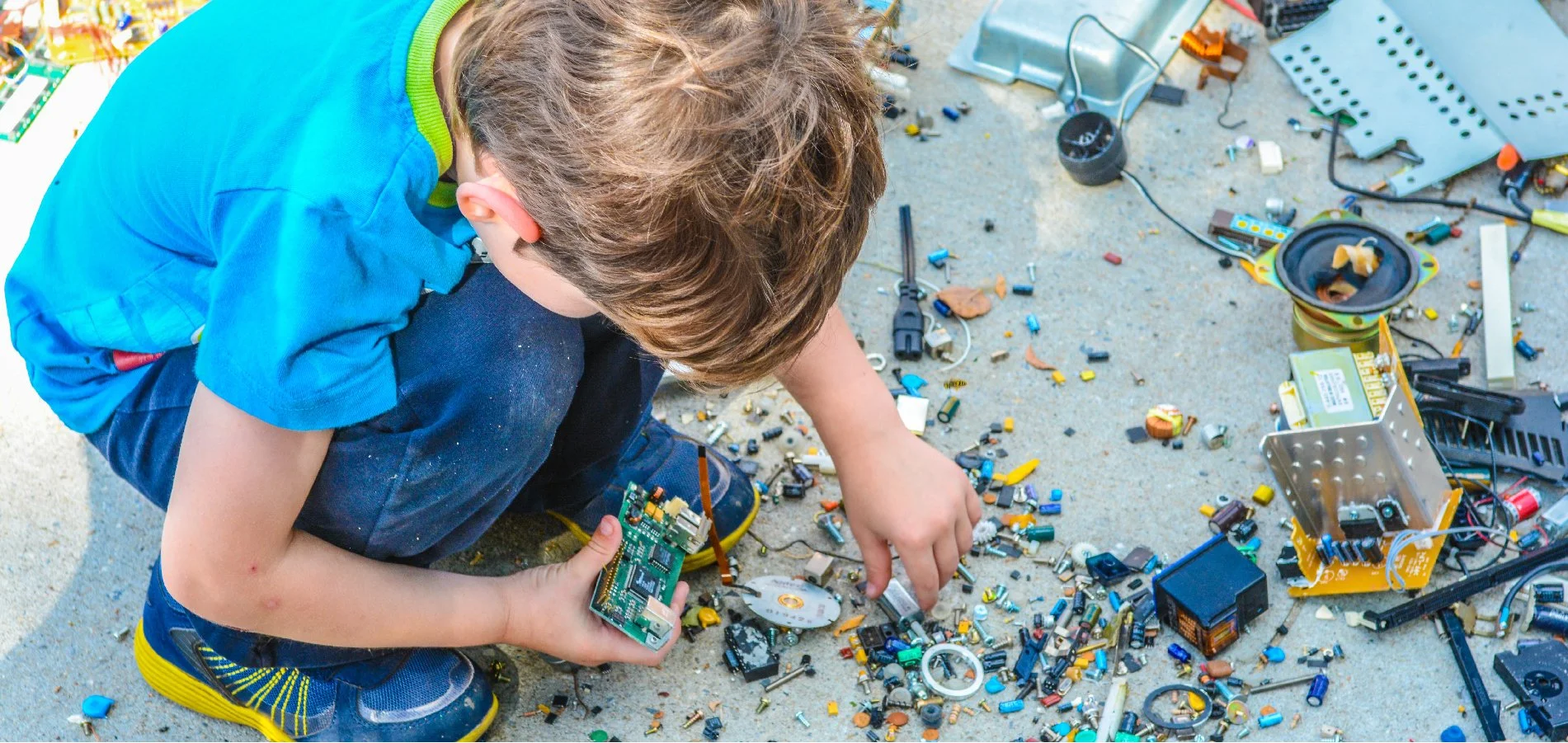Little People, Big Ideas
Some of my favorite things are innovation co-creation sessions with consumers. I just love meeting diverse people and getting their often surprising insights. And my favorite demographic would certainly be kids. Some say children are not the easiest people to work with on breakthrough ideas, but I strongly disagree. Kids have no filter. They don’t try to be nice; they don’t avoid hurting feelings or try to figure out what you’re trying to learn. They just say it and move on. And even when they don’t, you can typically read between the lines pretty quickly.
Photo Credit: https://unsplash.com
And today’s kids are even more insightful than ever. Think about it, their role in the family, in their schools, and our communities has changed dramatically over the last 50 years. Kids have gone from being seen and not heard to holding a full voting card on most family matters. They have immediate access to information, and they know just how to use it to influence adults’ decisions inside and outside of their families. In fact, 87% of parents say their children influence at least some aspect of their purchases, either for household items or for themselves.
Even more than Gen X, Millennials, and Gen Z kids, we believe the newest generation is being groomed to be creative thinkers—something you can learn a little more about in our Generation Resilience teaser video.
Kids have strong opinions and an even stronger desire to share them. So, let’s ask!
Photo Credit: https://gamerant.com/freaks-and-geeks-season-2-mtv/
School, sports, subcultures…oh my.
Forty years ago, in schools, kids were labeled advanced, average, or special ed. They all followed the same curriculum that was generally geared to the median. They adhered to strict gender roles, with rough-housing boys playing one of three sports and demure girls babysitting and playing house. They belonged to one of four subcultures—jocks, geeks, artists, or stoners—which very rarely mixed. Their summers were spent at the pool, the mall, and hanging out at each other’s homes. While it was a simple, functional, and independent childhood, it often squashed free-thinking and discouraged opportunities for open expression.
Today we have STEM electives, CORE testing, standing desks, and technology that puts the combined knowledge of hundreds of generations just a few taps away. Customized instruction is more common today than not, growing strengths and compensating for challenges. Kids can play sports like hockey, lacrosse or fencing, or join any number of diverse activities. Over summers, they can attend a space camp one week, a painting camp the next, a coding class in the morning, and a tennis camp in the afternoon. They are no longer labeled a member of a subculture; rather, they are just Paige, Aidan, or Jake.
It’s a far more complex world, but what it lacks in simplicity, it makes up for in endless insight and inspiration. Kids are encouraged to express themselves, own their individuality, tolerate and welcome others, and remain creative thinkers. We believe these kids are poised to change everything.
Photo Credit: https://unsplash.com/
Young innovators
Access. access. access.
I recall a conversation with my son when he was 10. He was spending a lot of time on electronics, and the conversation went like this. Me: “Aidan, I need you to get off your phone and go do something else.” Him: “Gimme just a minute—I’m trying to figure out the right placement of the wing on the fuselage of my airplane design for the best balance and maneuverability.” Gaming today is far more complex and innovative than ever.
The internet provides an accessible space to hone young minds with diverse learning opportunities. With a little well-timed guidance, they can develop better fact fluency, sharper problem solving, take on more complex tasks, and develop critical thinking skills.
Online, they are both influenced and exert their own influence. Recently, we interviewed 30+ kids from around the world and were amazed to find that three were already producing their own influencer videos with actual followers. Far from creating lazy and withdrawn kids, like many parents, teachers, and scientists believed, exposure to YouTube, Gaming, TikTok, and more has made young people passionate about expressing themselves and equipped them to do so.
With a well-developed point of view like theirs, why wouldn’t you innovate with these kids?
Photo Credit: https://unsplash.com/
Creative careers
In the ’80s, being an artist took talent and guts. The arts were less accepted as a career path, driving some kids to abandon their natural creativity to fit in better. Today’s youth are exposed to more diverse and creative career opportunities earlier than ever before. Success in almost any field, including STEM, requires creative thinking, so kids learn how to innovate, co-create and work in teams. Competitions like Destination Imagination, KATU Innovation Challenge, and Colorado Kids Creative have influenced school electives and the evolution of different learning styles. Oh! And have you seen the school Elon Musk established on the SpaceX campus?!?!
“The goal was to develop students who are enthralled by complexity and solving for the unknown. Synthesis is the most innovative learning experience from that school. It is designed to cultivate student voice, strategic thinking, and collaborative problem-solving.”
— Josh Dahn, Cofounder and Creative Director
Check it out here! You’re welcome.
Photo Credit: https://unsplash.com/
Free thinking activists
Kids are naturally free thinkers, but we often grow into adults with analysis paralysis. Not so much for Generation Resilience. And through social media, this group is both more aware of issues and more capable of immediate action than ever. From Greta Thunberg climate strikes in schools to gun violence walkouts to just spreading the word about injustice and social issues, Gen R kids will be making bold statements far earlier and more forcefully than their predecessors.
Tips and Tricks for co-creating with kids.
Photo Credit: https://unsplash.com/
Hand-hold the recruiting
Do you have magnet schools nearby? How about teachers, youth leaders, or scoutmasters who can refer you to some bright young minds? Or do you simply have friends and family with curious kids? Connect with them! Just like any research, the better the recruitment, the better the ideas. But this alone won’t ensure success. You need to speak with them directly. Recruiting facilities are great at what they do, but recruiting for innovation is especially critical with kids, so it’s best to be more hands-on when selecting participants. Things like extraversion, eagerness to converse, empathy, and creative thinking make for a great innovation recruit! And once you find them, consider engaging besties (“best friends” for the rest of us) as friend interaction generates tons of great insight as they feed off each other.
Photo Credit: https://unsplash.com/
Let them run!
Working with kids is fast, wild, fun and rarely scripted. And while it can be a bit challenging in conventional research environments, you’ve got to be ready to let them run free and be what they are—little idea machines. Let them blast out their crazy ideas! With careful listening and some well-placed questions, you’ll no doubt uncover nuggets of brilliance that you would never have allowed your adult-ed brain to conceive.
Have them show, rather than tell
Pictures, objects, facial expressions, actions—when working with kids, these can provide more insights than their words. When a kid answers a question through the lens of an image or object, they provide a subliminal message about how they are processing that question or topic. The themes that arise in how kids portray/convey their answers that can lead to some universal truths.
Lisa Mills, PhD & Kathy Burklow, PhD. Photo credit: Sprout Insight
Who’s your kid whisperer?
At COHO Creative, we’re lucky to partner with Sprout Insight. This pair of behavioral researchers and former child clinical psychologists not only have extensive experience working with kids but are also positively effervescent with kid-like energy themselves. They’re next-level researchers for kid groups and have the uncanny ability to interpret values, motivations, and behaviors, all while keeping young minds engaged and on task.
Even if you can’t work with a specialized team for research, you can still think through who on your staff will be best suited to the task. Just apply a little common sense, and you’ll be miles ahead—tween girls certainly won’t open up about getting a period with a 30-year-old male moderator. If you’re discussing a new gaming app, you better have played it a few times, so you at least know you’re a newb. And come with your A-Game!
So let’s do this!
At COHO Creative, we’re geared up and ready to ask, listen, and interpret what these incredible kids have to say, generating ideas that are good for them, good for your brand, and good for all of us. Reach out if you would like to co-create.
Ellen Craven
Ellen Craven, Coho’s Director of Strategy & Innovation, is a provocative thinker and challenger of the status quo. She is constantly in a near-clinical state of consumer empathy and always onto the next insight that will build brands, grow business, and make life a little better for all of us. When she is not strategizing, she's excelling in her other job; swim, tennis, karate, and band mom, or discovering new restaurants with her husband.










